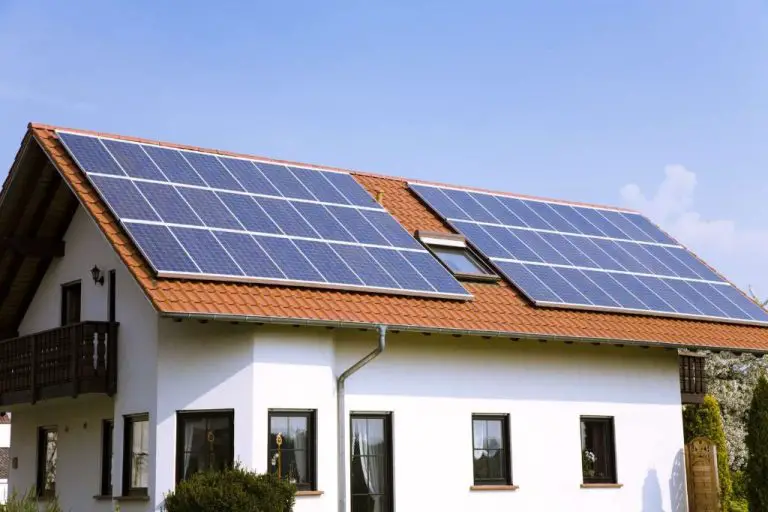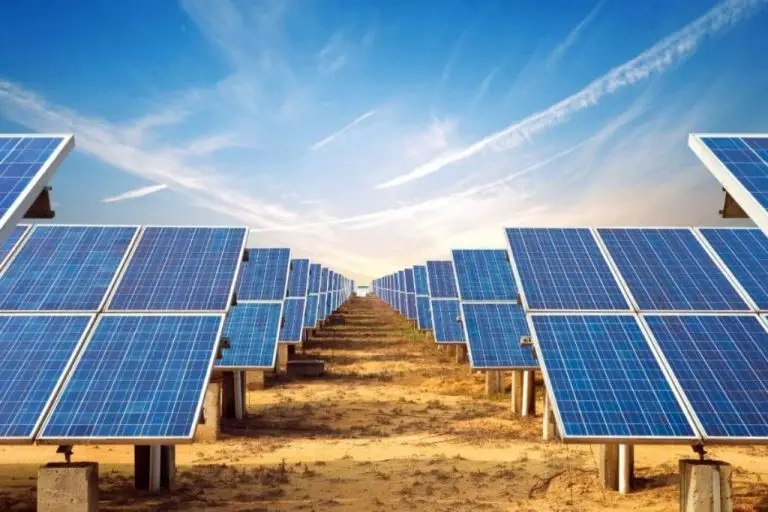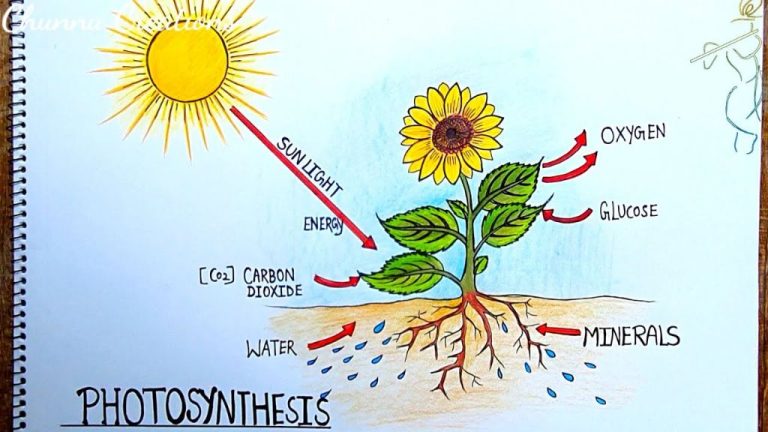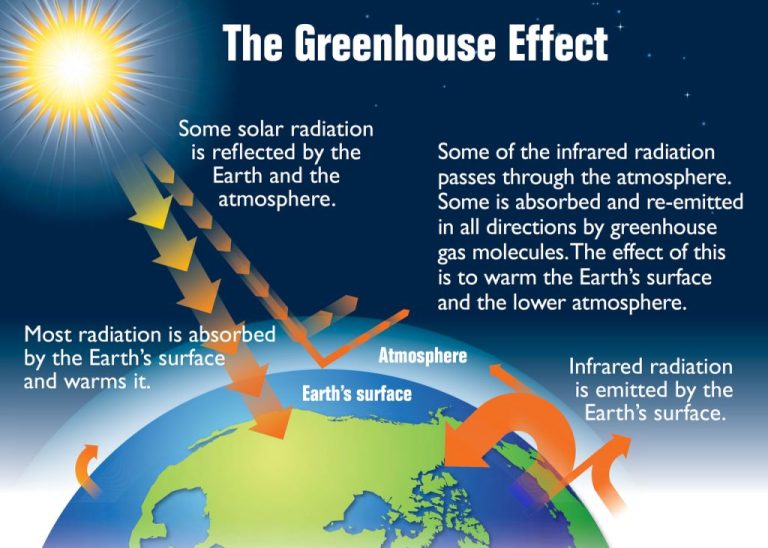Does Renewable Energy Help Climate Change
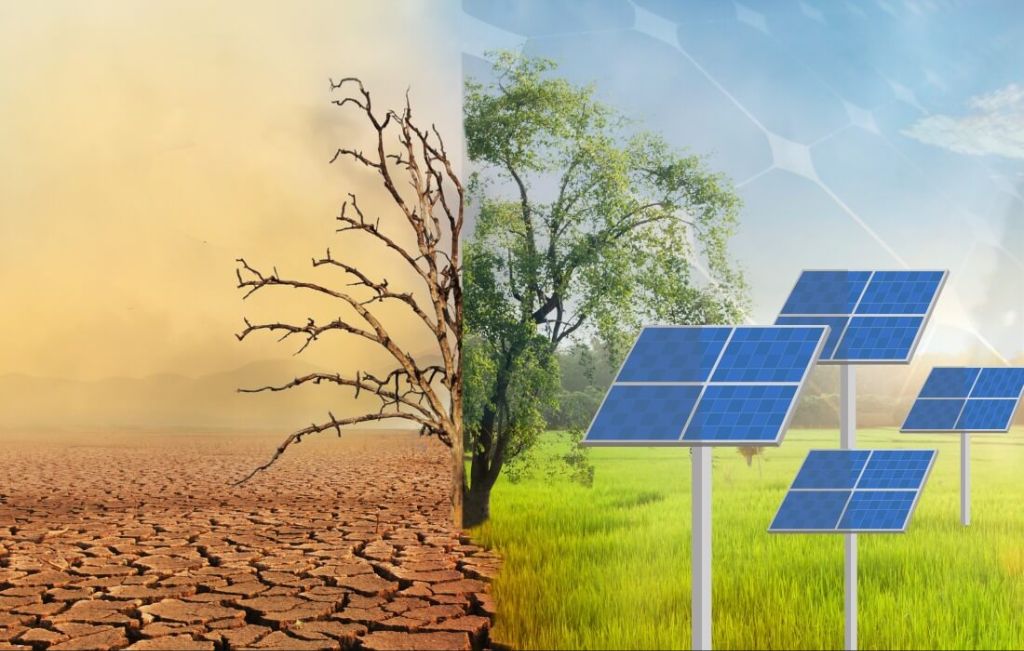
Climate change refers to long-term shifts in global or regional climate patterns, largely driven by human activities that increase atmospheric greenhouse gas concentrations. The main cause is the burning of fossil fuels like coal, oil, and gas which emits carbon dioxide and other heat-trapping gases into the atmosphere. This greenhouse effect causes average temperatures around the world to rise, altering precipitation patterns and increasing the frequency of extreme weather events. Climate change has widespread impacts including sea level rise, shrinking ice sheets, ocean acidification, coral bleaching, biodiversity loss and species extinction, and threats to human health and food security.
Renewable energy comes from natural sources or processes that are constantly replenished. The five main types of renewable energy are: solar energy from the sun; hydropower from flowing water; wind energy; geothermal heat and energy from the earth’s core; and biomass or bioenergy from plants and plant-derived materials. Renewable energy is considered “clean energy” because it does not generate greenhouse gas emissions during power generation, helping mitigate climate change. Using more renewables can reduce dependence on fossil fuels, improve public health by cutting air pollution, conserve natural resources, and boost energy access and security.
The Link Between Renewable Energy and Climate Change
The burning of fossil fuels like coal, oil, and natural gas for energy production accounts for the majority of global greenhouse gas emissions that drive climate change. Transitioning the world’s energy systems away from fossil fuels and towards renewable energy sources like solar, wind, geothermal, and hydropower can significantly reduce these emissions. According to a 2023 study, increased adoption of renewable energy sources led to lower carbon dioxide emissions globally (https://www.sciencedirect.com/science/article/pii/S175500842300087X).
Unlike fossil fuels, renewable energy sources like wind turbines and solar panels don’t directly produce greenhouse gas emissions. Some indirect emissions still result from the manufacture, construction, and maintenance of renewable energy systems. However, multiple analyses show that the lifecycle emissions of renewable electricity are far lower per unit of energy than those from fossil fuels (https://www.frontiersin.org/articles/10.3389/fenrg.2021.739721). This is because the “fuel” sources themselves – wind, sunlight, water – don’t create emissions when harnessed.
Therefore, as more renewable energy systems come online around the world displacing fossil fuel power plants, net greenhouse gas emissions decrease. The expansion of renewable energy is a key strategy for reducing the emissions driving climate change while still providing the power society needs. Targets to reach 50%, 80% or even 100% renewable electricity by mid-century in major economies like the U.S. and Europe aim to realize these climate benefits.
Types of Renewable Energy Sources
There are several major types of renewable energy sources that are used to generate electricity and help mitigate climate change.
Solar energy harnesses the sun’s radiation to produce electricity and provide lighting, heating, and cooling. Some examples of solar technologies include photovoltaic panels and concentrated solar power plants (Renewable energy explained).
Wind power utilizes large wind turbines that use the kinetic energy in wind to spin blades connected to generators and produce electricity. Wind farms comprised of multiple turbines are being built onshore and offshore to harvest wind energy (What are the different types of renewable energy?).
Geothermal energy taps into the natural heat within the earth to generate electricity sustainably. Technologies like geothermal heat pumps can also use this thermal energy to provide heating and cooling (Renewable energy explained).
Hydropower harnesses the kinetic energy in flowing or falling water to turn turbines and generate electricity. This includes large hydroelectric dams as well as smaller run-of-river and tidal power projects (What are the different types of renewable energy?).
Biomass energy utilizes organic matter like plants, wood, agricultural waste, and landfill gas as fuel sources. The biogas produced can be used to generate electricity sustainably (Renewable energy explained).
Benefits of Transitioning to Renewables
Transitioning from fossil fuels to renewable energy sources provides a number of important benefits. First and foremost, renewable energy produces significantly fewer greenhouse gas emissions that contribute to climate change. According to the EPA, renewable electricity production results in no direct emissions of both sulfur dioxide and nitrogen oxides, two major air pollutants [1]. Renewables like solar and wind emit no carbon dioxide either, helping mitigate global warming.
Increasing renewable energy would also move the country towards energy independence by relying more on domestic resources rather than imported fossil fuels. The Department of Energy states that increased use of renewables enhances the reliability and resilience of the power grid as well [2]. Local renewable energy production also reduces the risks associated with transporting and distributing energy via large centralized systems.
There are significant cost savings from transitioning to renewables. A 2022 report by the International Renewable Energy Agency found that over 200 gigawatts of existing coal capacity worldwide could be cost-effectively replaced by solar PV and onshore wind today, saving up to $32.3 billion annually [3]. The falling prices of renewables make them highly competitive with fossil fuels. Renewables are not subject to volatile fuel prices either.
Lastly, renewable energy is a massive job creator. According to the IRENA, the renewable energy sector employed 12.7 million people in 2021, a 700,000 increase from the previous year [4]. Solar PV manufacturing in particular is becoming a major source of employment. The growth of the renewable energy industry provides new economic opportunities and stimulus.
Current Share of Renewables vs. Fossil Fuels
Globally, the share of renewable energy in electricity production reached 29% in 2021, up from 27% in 2020 according to the International Energy Agency (IEA) (Renewables in Electricity Production | Statistics Map by Region). However, there is significant variation across countries. Some countries like Norway, Brazil and Canada generate over 80% of their electricity from renewables, primarily hydropower. In Europe, countries like Denmark, Germany and Spain generate around 50% of their electricity from renewables. China generates 31% and the United States generates 22% as of 2021 (Renewable Energy). Fossil fuels like coal, oil and natural gas still make up around 70% of global electricity generation. Transitioning power grids from fossil fuel dominance to renewable energy dominance remains an ongoing challenge worldwide.
Barriers to Widespread Renewable Energy Adoption
While renewable energy sources offer many benefits, there are still challenges that create barriers to their widespread adoption. Some of the main barriers include:
High upfront costs – Installing renewable energy systems like solar panels or wind turbines requires major upfront investments. These costs can deter adoption, especially in developing countries (Energy5).
Intermittency – Renewable sources like solar and wind are intermittent as their power generation depends on weather conditions. This unpredictability makes it difficult to integrate high shares of renewables into the grid (Power and Beyond).
Policy and regulations – Outdated regulations, permitting issues, and lack of policy support can hinder renewable energy growth. Governments play a key role in providing incentives and updating energy regulations (Robeco).
Overcoming these barriers will require technological innovations, grid upgrades, energy storage, and supportive policies to allow renewables to scale up.
Solutions and Policies to Accelerate Renewables
Governments and policymakers have several tools at their disposal to accelerate the adoption of renewable energy and reduce reliance on fossil fuels. Some of the most impactful policies include:
Subsidies – Providing financial incentives like tax credits, rebates, and feed-in tariffs can make installing renewable energy systems more affordable for homeowners and businesses. For example, the federal investment tax credit (ITC) covers 26% of solar PV system costs in 2022-2023 (https://www.energy.gov/eere/solar/homeowners-guide-federal-tax-credit-solar-photovoltaics).
Net Metering – Net metering policies allow renewable energy system owners to get credit for excess electricity fed back to the grid. This enables households with solar panels to reduce electricity bills. As of 2022, 40 states had mandatory net metering programs (https://www.innovationaus.com/traceability-is-vital-for-carbon-free-energy-transformation/).
R&D Funding – Governments can stimulate innovation in renewable technologies by providing research and development (R&D) grants. The U.S. Department of Energy funds several R&D initiatives, including at the National Renewable Energy Laboratory (NREL). Increased R&D leads to more efficient and cost-effective renewable energy over time.
Targets – Setting renewable energy targets at the city, state, or national level provides a goal for increasing renewable penetration. As of 2021, over 350 U.S. cities had committed to 100% renewable energy by 2050 or earlier (https://environmentamerica.org/feature/ame/100-percent-renewable).
Case Studies and Examples
There are many real world examples of countries, states, cities and companies successfully transitioning to renewable energy. According to a case study from the Massachusetts state government, the town of Hull, MA installed two 1.5 MW wind turbines in 2001 which now generate over 5,200 MWh of electricity annually, enough to power over 800 homes (source).
Major corporations like Apple, Google, and Amazon have also made commitments to transition to 100% renewable energy. As of 2018, Apple powers all of its facilities worldwide with clean energy, including retail stores, offices, and data centers across 43 countries (source). Google reached its goal of purchasing enough renewable energy to match its electricity consumption worldwide in 2017.
At the country level, Costa Rica generated over 98% of its electricity from renewable sources in 2016, predominantly hydropower but increasingly wind, solar and geothermal. Uruguay went from having no renewable energy in 2007 to supplying 94.5% of its electricity consumption with renewables by 2015 (source).
The Future of Renewables
The growth projections for renewable energy are extremely promising. According to Earth.org, solar energy capacity is predicted to become 35% cheaper by 2024. Onshore wind energy capacity could increase by 57% in the same timeframe. As prices continue to fall and efficiency improves, renewables are expected to account for over 50% of total global electricity generation by 2050, with solar alone providing more than 20% [1].
Major innovations in energy storage will also accelerate the transition to renewables. Battery storage technology is rapidly improving, providing grid stability and enabling greater reliance on variable sources like wind and solar. Emerging storage methods like pumped hydro and compressed air allow energy to be stored for longer periods. With sufficient storage capacity, renewables could reliably meet energy demands at all times.
Realizing the full potential of renewables will require massive investments in new solar, wind, and storage projects globally. Governments must also modernize electricity infrastructure and implement supportive policies. If these challenges are met, renewables hold great promise for displacing fossil fuels, achieving energy independence, and mitigating climate change.
Conclusion
In summary, transitioning to renewable energy sources like solar, wind, hydropower, and geothermal can significantly help mitigate climate change. Renewables produce little to no greenhouse gas emissions, unlike fossil fuels which are the largest contributor to climate change. Widespread adoption of renewables is critical to meet global climate goals and reduce the impacts of climate change. However, there are still barriers like costs and infrastructure limitations hindering large-scale implementation. With supportive policies, investments, and technological innovations, renewable energy can continue its rapid growth. We all must urge policymakers, businesses, and communities to accelerate the transition away from fossil fuels and towards a clean energy future powered by renewables.
The climate crisis demands immediate action. Readers should contact elected officials to advocate for renewable energy policies, choose renewable power options where available, and make sustainable energy choices in their own lives. Together, through our individual and collective efforts, we can harness the power of renewable energy to protect the planet.

